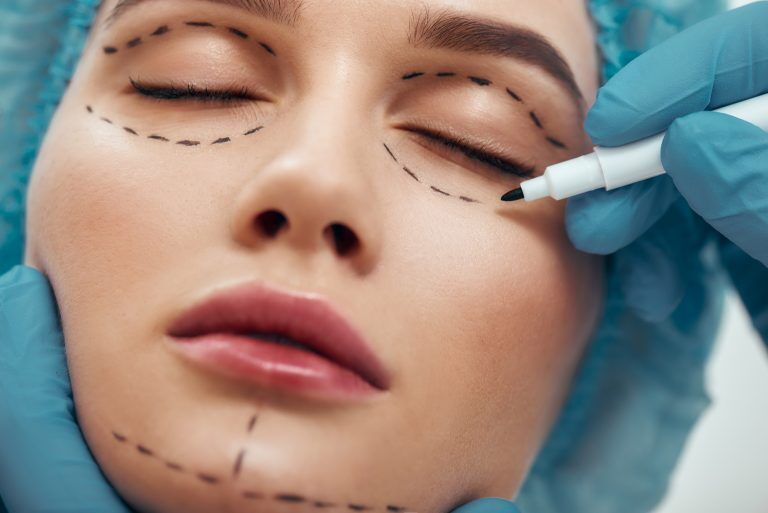HPV Vaccine For Cervical Cancer – Should I Be Immunized? Should My Child?
HPV Vaccine For Cervical Cancer – Should I Be Immunized? Should My Child?Cervical cancer. Are…
HPV Vaccine For Cervical Cancer – Should I Be Immunized? Should My Child?
 Cervical cancer. Are you at risk? Can it be prevented?
Cervical cancer. Are you at risk? Can it be prevented?
Only in recent decades was it recognized that cervical cancer is usually caused by a sexually transmitted disease, the human papilloma virus, the same virus which causes genital warts. Because it is a viral infection, current medical science has no cure. Until improved antiviral medications become available the disease is being attacked from a different angle: prevention.
Cervical cancer prevention may be accomplished by either abstaining from sexual intercourse with any potentially infected partners or, to a degree, by vaccination. The ideal mode of prevention would be for both males and females to abstain from having sex until they have found and dedicated themselves to a single, permanent life partner. Certainly there are individuals who aspire to this goal. However, it requires both partners to be virgins, which is more difficult to ascertain.
Because society has moved away from this ideal, vaccination has been proposed. In June 2006 the FDA approved the first HPV vaccine, Gardasil, for use in females age 9 to 26. As of September 2009 the vaccine was approved for use in males as well for prevention of genital warts. The timing of the vaccine has to do with typical adolescent sexual behavior, that is, for the vaccine to be most effective, it needs to be given prior to beginning sexual activity. Once a human papilloma virus infection has been contracted the vaccine is not effective. The vaccine is given as a series of three injections over a 6 month period.
Not all strains of HPV cause cancer. In fact, in many instances the body’s own immune system is able to clear a mild infection. Just as warts on the hand sometimes disappear without medical intervention, so may infection elsewhere. It is when the infection becomes persistent that problems occur. The numerous strains of HPV virus are divided into low-risk types (which cause visible warts) and high-risk types (which cause cervical cancer). The Gardasil vaccine provides immunization against HPV types 6 and 11, which cause most cases of genital warts, and HPV types 16 and 18, which account for most cases of cervical cancer.
The risk of HPV infection increases with the number of lifetime sex partners. In general, of women age 18 to 25 who have had 3 lifetime partners, about 1/3 show infection.
The decision on when to immunize or whether to immunize depends on issues of behavior and beliefs. Certainly if the probability is that of multiple sex partners over one’s lifetime, the vaccine is advisable. However, many parents have concerns about immunizing their children against a sexually transmitted disease. Is the distribution of condoms in schools a way to decrease teen pregnancy and limit the spread of STDs, or is it a nod of approval for teen sex? The same arguments apply to the vaccine and ideally would be addressed in the privacy of the home.
The American Academy of Family Physicians has stated that it is premature to add HPV vaccine to the list of those required for school attendance (which certainly makes sense as long as sexual activity is not part of the normal school day). Discuss the pros and cons with your doctor to make the best-informed decision for yourself or your child.




